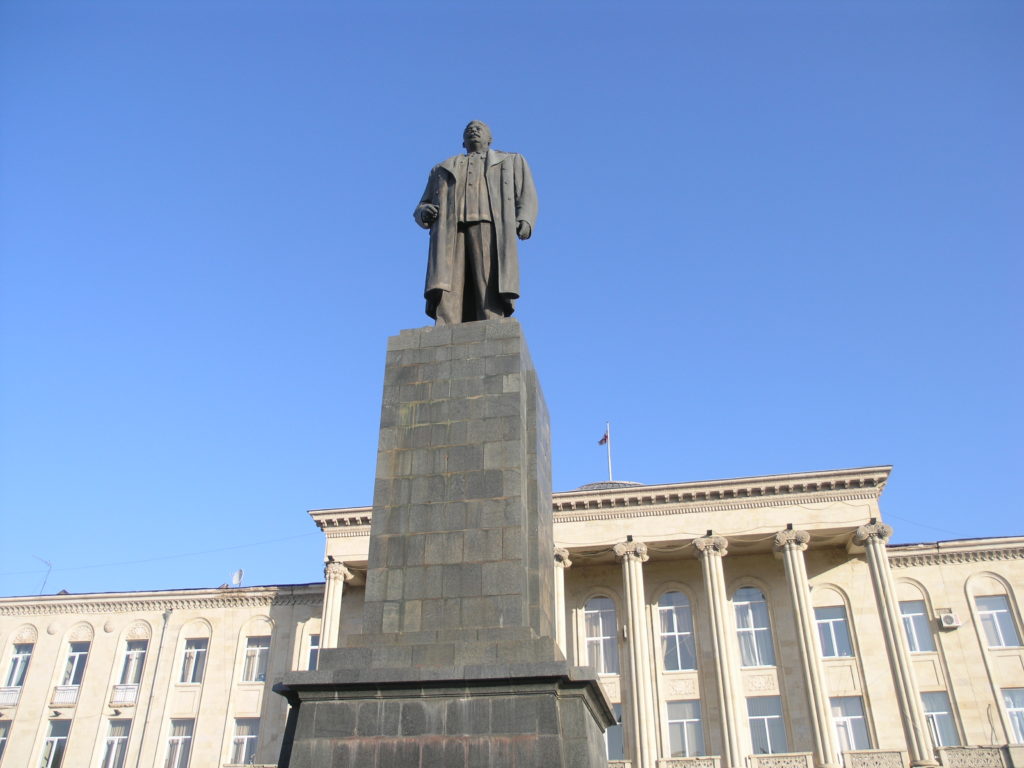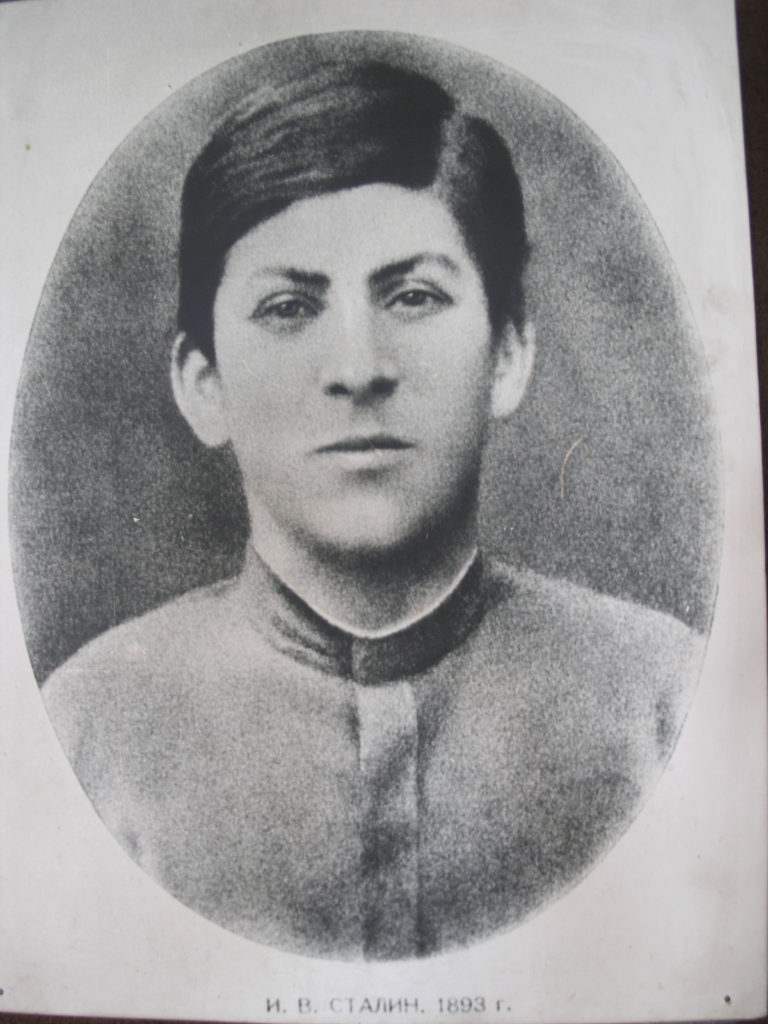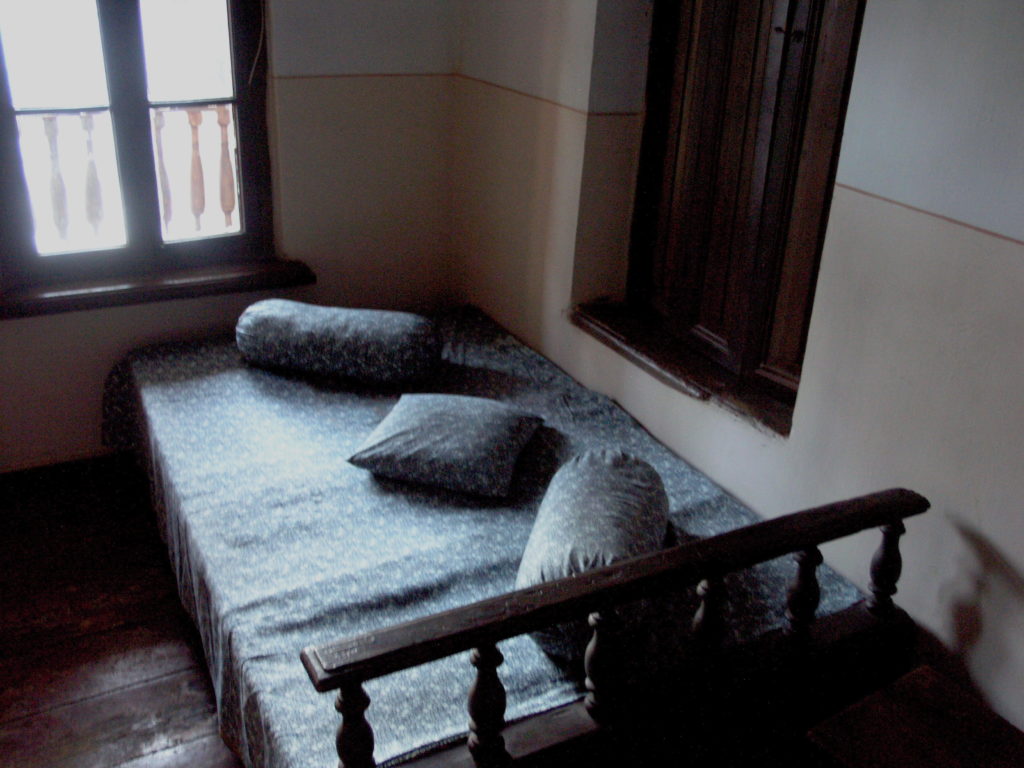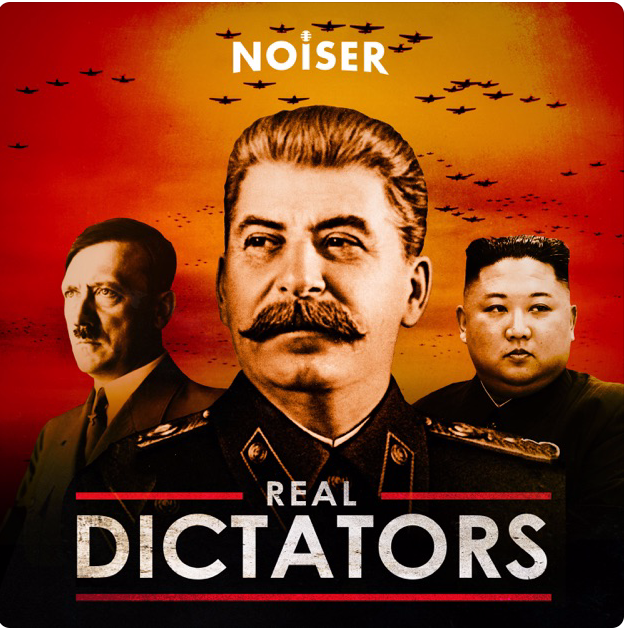
©2009 Derek Henry Flood
Albuquerque- I’m briefly featured in an episode of a new podcast series entitled Real Dictators being produced by Bristol-based Noiser that was founded in 2019. The series is hosted by British actor and voice talent Paul McGann who grippingly narrates over this multi-part episode tracing the narrative arc of Ioseb Jugashvilli as he became the loathsome, all powerful Joseph Stalin.
Stalin was and remains an ugly figure in every sense of the word. The passage of time has not been kind to his legacy which continues to atrophy as we learn more about his once quintessentially opaque Soviet manipulations of both peoples and cartography. These doings once made his iron grip appear to be the USSR’s organising principle embodied within one entirely flawed man from the Caucasus. He rearranged internal borders creating a bizarre patchwork of enclaves and exclaves in the republic system that he felt only he could hold together while shifting whole ethnic populations from one region to another under to the rubric of punishing entire ethnic groups he alleged to be Nazi sympathisers. And that’s barely scratching the surface. He was a master of state terror well before the term became fashionable.
This part one of the Stalin episode looks at his early years as an ostensibly rather ordinary boy born in Gori, in present day independent Georgia’s Shida Kartli region, and his entrance into radical Bolshevisim from Tiflis (Tbilisi) to Petrograd (Saint Petersburg). Today Shida Kartli is significant because of its status as a disputed territory with the Russian Federation-supported, nominally ‘independent’ “Republic of South Ossetia”being far beyond Georgia’s control but at the time of Stalin’s birth in 1878 it was relegated to a backwater of the Russian empire. Georgia, endonymically known as Sakartvelo, was part of an imperial Transcaucasia that acted as a geographic buffer zone between the Russian, Ottoman, and Persian empires. Stalin was from a simple family amidst a densely complex cultural milieu in the South Caucasus.

©2009 Derek Henry Flood
I believe that Stalin’s origins are important to examine and reexamine if one is to attempt to understand the very nature of power. And Stalin’s origins are so utterly meagre. He was not Russian in any sense. Not ethnically, not by at-home linguistic background nor by by geography depending on how one interprets Georgia’s actual place in the Tsarist periphery in terms of development and territorial priority. Yet Stalin grew to change the world, and not for the better. My contribution to this and potentially other episodes in the near future was based on reporting trips to Georgia starting in 2002 and I’m pleased to be a part.

©2009 Derek Henry Flood
